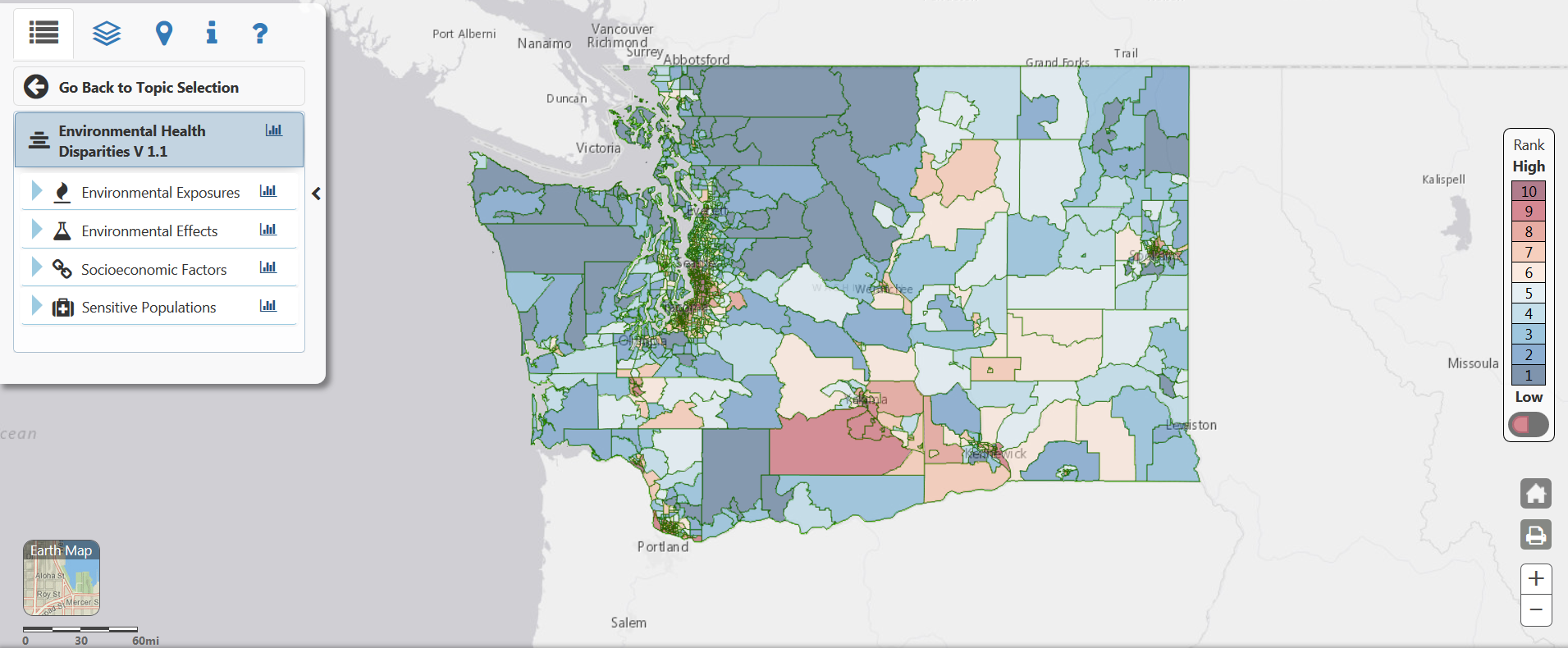
Peace is more than just the absence of war. Peace is about every person having an equal chance. Regardless of who they are and where they live. A word that is often used alongside “peace” is “harmony.” Harmony does not mean everyone singing the same note or being the same. Harmony means all pieces working together to create something wonderful. Everyone has a part to play in that creation of a whole.
The part that someone plays in life is affected by where they live. One way that this happens is in regards to public health. “Public health is the science of protecting and improving the health of people and their communities … Protecting the health of entire populations. These populations can be as small as a local neighborhood, or as big as an entire country or region of the world.” – CDC Foundation
Every community has its own public health concerns and these can vary greatly. Even within the same state or county. The Washington State Department of Health tracks and studies the data of factors that affect public health as part of their Washington Tracking Network (WTN). The WTN is “focused on making public health data more accessible.” The data they collect includes such topics as air quality, birth outcomes, cancer, climate change, drinking water, lead risk and exposure, opioids, and pesticides, to name a few.
As a national organization based in Seattle we used Washington State as an example. However, the WTN is part of the CDC’s National Environmental Public Health Tracking Program. The CDC has its own map here, and links to the pages for other states and cities that have their own maps here.
The CDC’s map contains information on Covid-19 investigated with various criteria if you are interested in investigating it specifically. In Washington for example, you can see the link between large numbers of cases and preexisting disparities.
One project run by the WTN is the creation and maintenance of an environmental health disparities map. “The map is the result of a collaborative project between: The Department of Heath, The University of Washington’s Department of Environmental and Occupational Health Sciences, Front and Centered — a community-based coalition, Washington State Department of Ecology, and Puget Sound Clean Air Agency.”
You can use the map to learn about the disparities and inequalities and inequities that exist in your area. Once you know what issues are present you can begin to understand what will make the most difference for your community. What can you do to increase the harmony and equality that brings true peace?
Something interesting to note when using the map is that just as there are no areas that are perfect in all respects, there are also no areas that are terrible in all ways. Each area on the map has both strengths and weaknesses. In this time where everything seems to be “we are the good guys and they are the bad guys,” it is important to remember that we can all learn from each other.
Don’t just figure out what can be improved in your area. Look to see who is doing better in those categories and figure out why they are doing better. What can we learn from them and apply towards improving our own communities?
Thinking globally begins by acting locally.
–Written by Alexandra Winder, September 4, 2020
